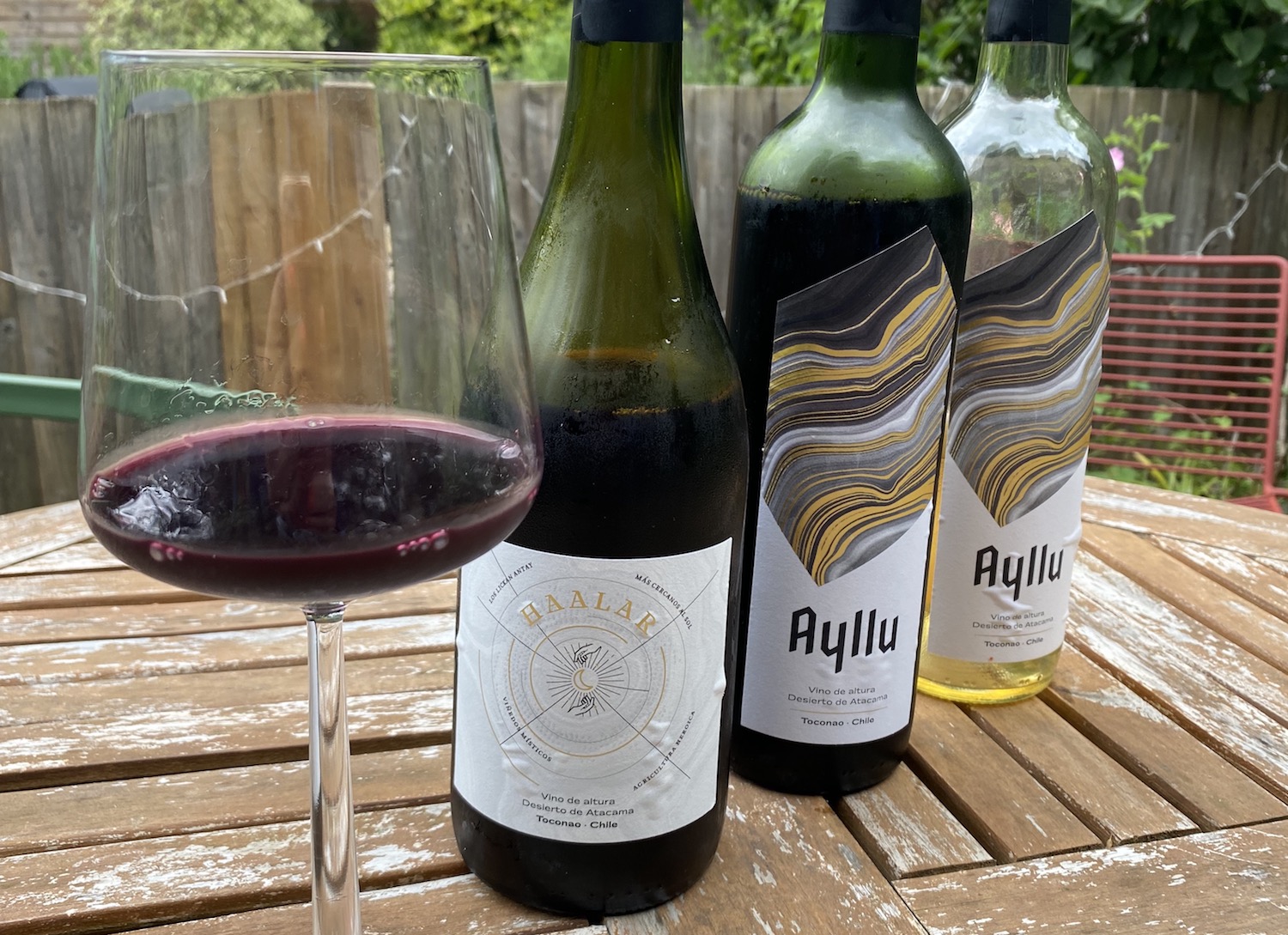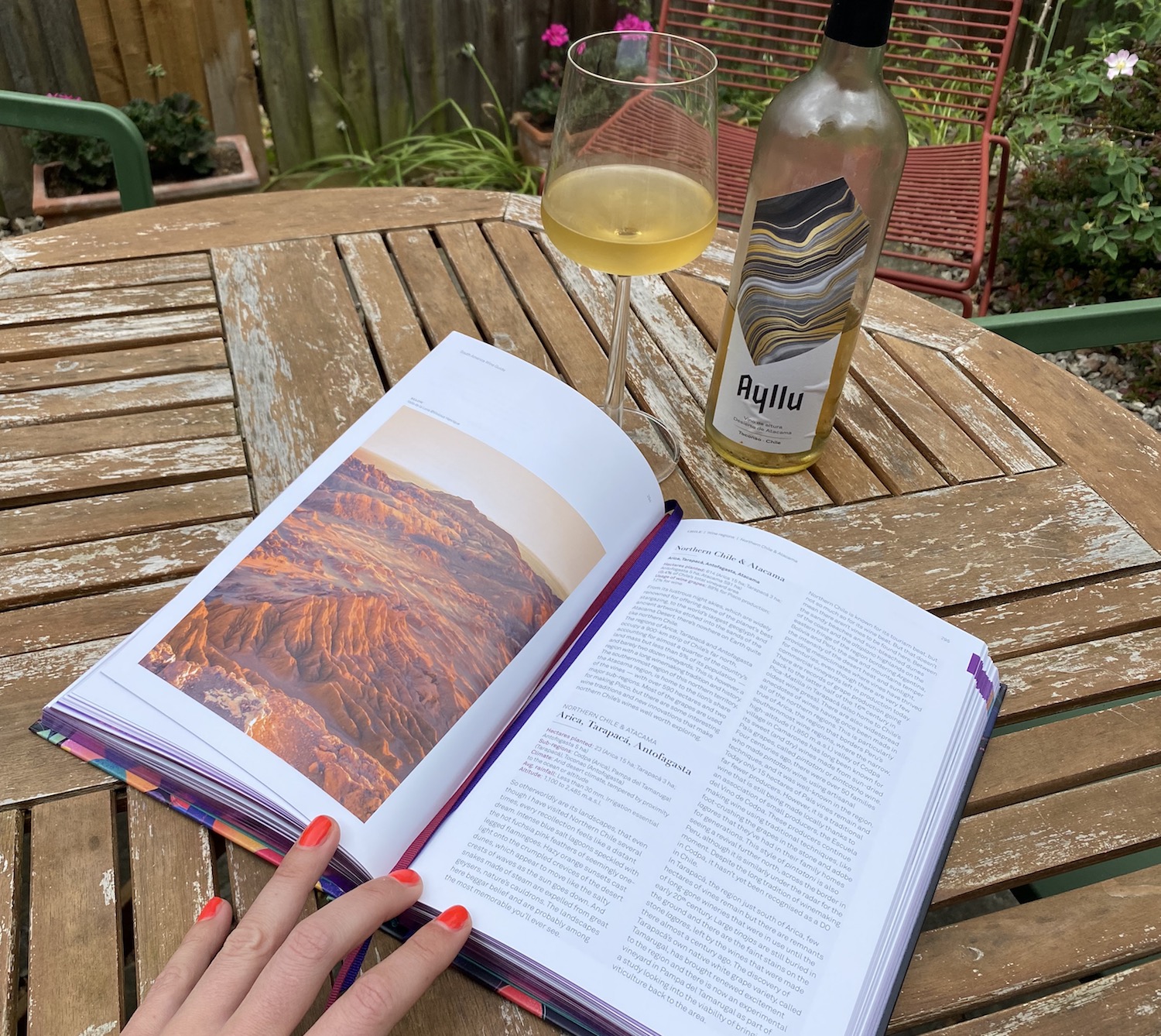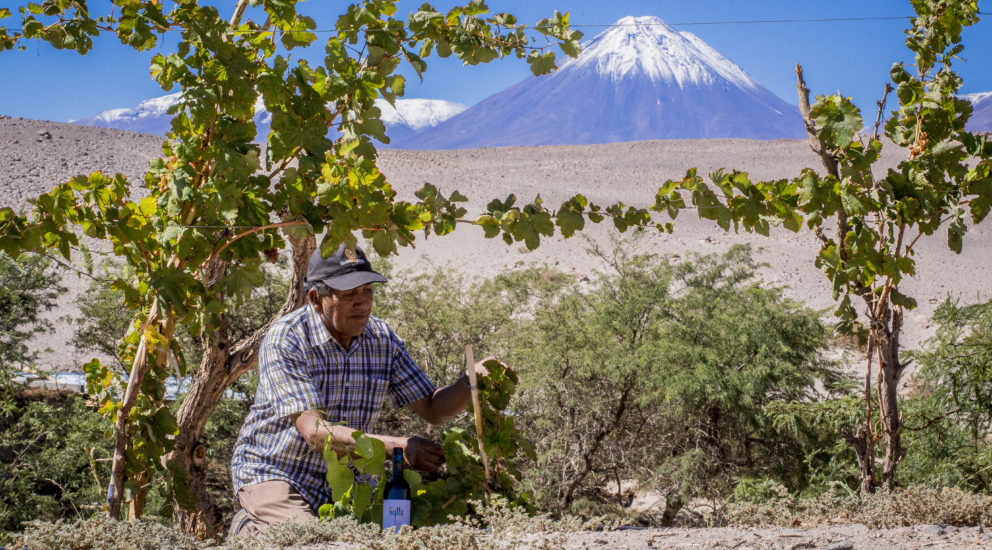The Atacama Desert is one of the driest, most inhospitable places on earth. But a small group of growers are bringing the desert to life with their vineyards, and making the highest altitude wines in Chile (with vineyards at 3,200 m.a.s.l.). Ayllu is the collective brand of a handful of local growers, all native Atacameños (in Spanish) or Lickanantay (in the native language) people, who collaborate to make a boutique portfolio. The goal of the Lickanantay Co-operative is not just to make Atacama Desert wines but also to bring back the tradition of small-scale wine production in the desert, which goes back several generations.
Making wine in the Atacama Desert
The village of Tocanao is located at the heart of the Atacama Desert, just a stone’s throw from San Pedro de Atacama, where most tourists head to explore the wonders of the driest desert in the world. Within and on the outskirts of the village, there is a handful of old vineyards planted with Criolla vines that have been cared and tended for by several generations of families, as well as new vineyards planted within the past decade. Together, as a collective, the growers produce six wines: a red blend, a white blend, an orange wine, a white Moscatel de Alejandria, a rosé, and the new icon of the line up, the red Haalar blend.
The conditions in Tocanao and the Atacama Desert aren’t easy for vines. There’s an extreme temperature fluctuation here in the desert at this altitude (ranging from 2,512 m.a.s.l. to 3,200 m.a.s.l.). Daytime temperatures can peak at 26˚C and nighttime temperatures plunge to 5˚C even in the summer (or -1˚C in winter). There’s also intense solar radiation here at this altitude and this is the driest place on earth, so irrigation is essential. That said, these extreme conditions, together with the ancient sandy soils that are rich in minerals and volcanic rocks certainly do make distinctive, somewhat extreme, wines.
Tasting the wines of Ayllu

It had been a few years since I tried the wines of Ayllu (last time I was in situ tasting by the vineyards!) and it was a pleasant surprise to see how they have evolved. The red wines still reflect the solar intensity of the region with ripe black and red fruit aromas and smooth tannins, but they are much more balanced in these recent vintages. I really enjoyed the orange Moscatel, which I think is a great style for this region, as it is a refreshing and aromatic wine with some grip and complexity, ideal for pairing with local cuisine and drinking either in the warmth of daytime or the coolness of night. Another aspect I really admire about these wines is that they are empowering the local native community and giving them a sustainable business and creative outlet beyond tourism and mining, which is definitely something to be celebrated.
Ayllu Moscatel de Alejandria orange wine
This is a really characterful and appetizing orange wine with notes of chamomile, honeysuckle and peaches and a dry, refreshing finish with slightly grippy tannins and a saline note. Ideal for a refreshing wine in the desert which would work well with local Atacama llama dishes and empanadas.
Ayllu Red Blend
With a blend of Syrah, Malbec (Cot), País, Petit Verdot and Cabernet Sauvignon, this is an intensely aromatic, deeply coloured wine with aromas of plums, raisins and blackcurrant jam. It has smooth, supple tannins, warming alcohol and a slightly tangy finish. One for richer Atacama stews in the evening, to warm up by the fireside.
Haalar Red Blend
The new wine from the group, this is a more intense blend of Petit Verdot and Syrah, mainly with some Malbec and Garnacha. Like the other red blend, it is intense and deep (almost black!) in colour, with smooth tannins and rich, ripe fruit flavours of plums and blackcurrants, but the Petit Verdot brings a bit more freshness and structure to the finish, with an appealing note of graphite. This is a wine for local grilled meat and stargazing!



